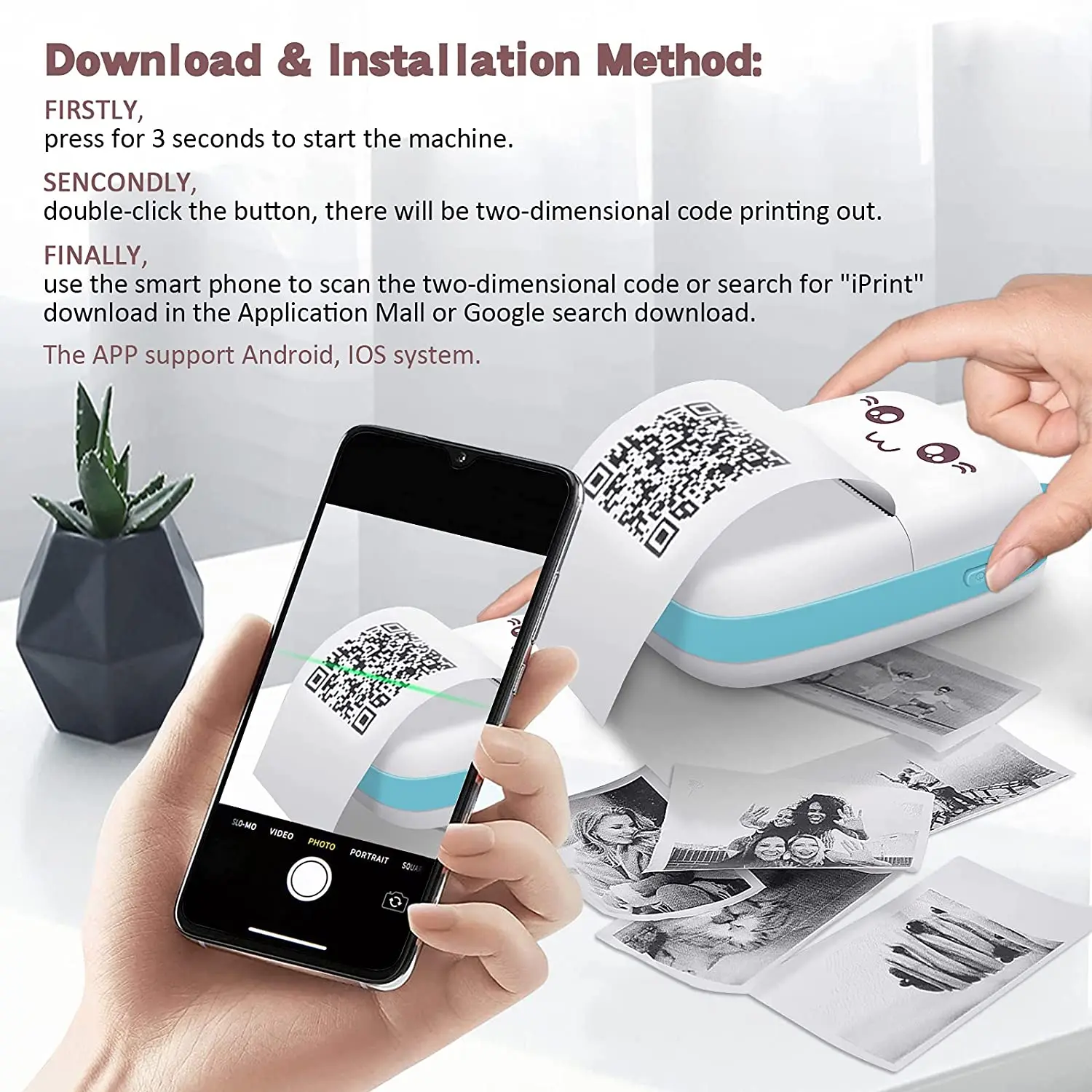Portable Mini Photo Printer: Capturing Memories on the Go
In an age where memories matter, sharing your special moments has become easier and faster than ever. With the advent of technology, portable photo printers have emerged as innovative solutions, allowing you to print photographs directly from your smartphone or tablet anytime, anywhere. These compact devices range in functionality and design, but each offers a unique way to bring your digital images to life.
The appeal of a mini photo printer lies in its portability. Whether you're at a family gathering, traveling, or simply hanging out with friends, these wireless photo printers provide a practical and fun way to print photos instantly. Imagine capturing the perfect moment and having a physical copy in your hand within minutes! This convenience has made them a favorite among photography enthusiasts and casual users alike.
But with a multitude of options available on the market, selecting the right device can be overwhelming. That’s where our comprehensive mini photo printer reviews come into play. We’ll delve into the top picks for the best portable printers in 2023, exploring features such as print quality, connectivity options, and user-friendly interfaces.
Join us as we explore the fascinating world of compact photo printing solutions. Discover how these devices not only enhance your photography experience but also allow you to create tangible keepsakes that tell your personal story. From DIY projects to personalized gifts, a portable mini photo printer can be a game-changer for your creative ventures.
Get ready to unlock the potential of printing on the go and transform your digital memories into cherished physical treasures!
Overview of Portable Mini Photo Printers
Portable mini photo printers are compact devices specifically designed to print high-quality photographs from your mobile devices on-the-go. These printers excel in offering both convenience and mobility, allowing users to print stunning images anytime and anywhere. In this section, we will delve into various aspects of portable mini photo printers, focusing on their size, portability features, and the key differences that set them apart from traditional printers.























































































































































